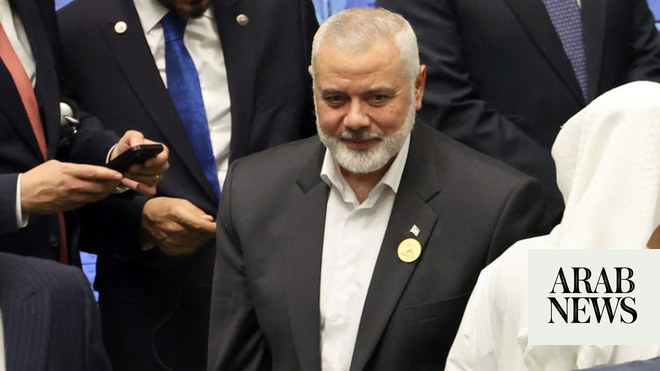Australian government confirms Golan Heights policy after foreign minister refers to 'Israeli city'
LONDON: The Australian government has reiterated its position that the Golan Heights is occupied territory, following recent comments by Foreign Minister Penny Wong, who called the area a “northern Israeli town”, the Guardian reported on Wednesday.
Wong's remarks, contained in a statement posted on social media platforms X and Instagram, sparked a wave of online backlash questioning Israel's recognition of sovereignty over the region, which Israel seized from Syria during the 1967 Six-Day War.
The incident followed a rocket attack on a city soccer field in the Golan Heights, killing 12 children.
The controversy arose from Wong's post, which began with the statement: “Australia unequivocally condemns the attack on the town of Majdal Shams in northern Israel.” Notably, the statement did not refer to the Golan Heights as occupied territory.
The omission has prompted concern from groups such as the Australia Palestine Advocacy Network, which described the language used as “alarming,” noting that international recognition of Israeli sovereignty over the Golan Heights is limited, predominantly recognized only by Israel and the United States under the Trump administration.
In response, a spokesperson for the Department of Foreign Affairs and Trade clarified that there had been no change in Australia's policy. “There is no change in our position that the Golan Heights are occupied by Israel, as determined by the United Nations Security Council,” the spokesperson told Guardian Australia. “Our long-standing position is that the Golan Heights is a matter for Israel and Syria to determine through negotiations in the context of a comprehensive peace agreement.”
A government source said the intent behind Wong's statement was to highlight the dangers of escalation and condemn the attacks that caused civilian casualties in Majdal Shams. The source added that the post “acknowledged the fact that the city is administered and occupied by Israel.”
The issue has drawn further attention following Israeli Prime Minister Benjamin Netanyahu’s visit to Majdal Shams, a predominantly Druze village, where he promised a “tough” response to a recent rocket attack that killed 12 children. Netanyahu’s visit was met with protests from some local residents. Israeli and U.S. officials blamed the attack on Hezbollah, although the Lebanese militant group has denied involvement.
The international community has long contested Israel's control over the Golan Heights. A November 1967 United Nations Security Council resolution affirmed “the inadmissibility of the acquisition of territory by war” and called for Israel's withdrawal from the occupied territories. Furthermore, in 1981, the Security Council unanimously declared that “Israel's decision to impose its laws, jurisdiction and administration in the occupied Syrian Golan Heights is null and void and devoid of international legal effects.”
In a notable departure from international consensus, former US President Donald Trump announced in 2019 that the United States would recognize Israeli sovereignty over the Golan Heights, a decision he justified as essential to Israel’s security and regional stability.
The situation has led to calls for clarity on Australia's position. Jordon Steele-John, foreign affairs spokesperson for the Australian Greens, urged Minister Wong to reconcile her statement with official department policy, saying: “The community deserves to know why the minister's position is apparently contradictory to her own department.”
The dispute follows Australia's decision last August to formally describe the West Bank, East Jerusalem and Gaza as occupied Palestinian territory, in line with international law and the position of several allies, including the United Kingdom.
